A conversation about the flame resistant quality of wool lead into a lesson this morning about fibers in general. This is a lesson I learnt in high-school, but honestly, you could learn it any time after the age of seven and find it handy. I have applied this lesson to fabric after rummaging through Grandma’s fabric drawers, and I have even gone so far as to burn some thread from fabric at an antique fair. If you are about to spend money and time sewing something beautiful, how it washes and wears is part of the beauty, and sometimes you just want to have confirmation the fabric is pure cotton, silk or wool before you start. Even my grandmother who is meticulous and has a wonderful memory can sometimes not recall if something is poly-cotton or cotton and it can be tricky to tell with all the variety/antiquity out there, and if you are op shopping this is one way to know for sure how you find out. You do a burn test. All it takes is a few threads and a match.
Maya doing a burn test on raw unprocessed wool.
As I mentioned this lesson came about after a conversation discussing that wool generally does no burn (it will burn under very high intense heat). Wool is wonderful for safety in that way, it naturally extinguishes the flame because it is a protein fiber, not a cellulose fiber. This led me to the fabric drawers to snip a variety of fabrics so that the girls could have a science lesson in recognizing how fabric fibers burn.
I selected wool (collected from the farm, and beautifully stained from the soil), silk, cotton, polyester, and a poly-cotton blend. I set Maya up with tongs and a long match stick, so she could be the scientist. We had a metal tray to place the burnt/burning fabric on and a bowl of water to put out flames if need be. We worked with good ventilation and hair tied back.
We made a grid in her science book, where she documented the results. We did not stick the samples in her book as that would make bumps for future page writing. The burn samples were stuck to piece of paper to remain loose leaf in the front pocket of her book. I am familiar with how fibers burn, and I happened to know the fiber content of each fabric I selected, because fiber content really matters to me. If you did not know the results before doing this lesson yourself, it is easy enough to google it further confirm the below findings, but you will see that the results make perfect sense.
Cotton fabric catches alight like paper, burns quickly with a bright large flame and smoke, it disintegrates and leaves ash.
Wool does not burn, no flame or smoke, it is charred black, with a fine dust where the flame has come in contact with the wool.
Silk burns very quickly, even quicker than cotton with a large bright flame and the fabric breaks to pieces disintegrating, turning to ash. It smells like hair when it burns.
Polyester melts and curls quickly, if it is 100% polyester it melts into hard plastic a similar color as the fabric. Polyester is made from plastic filament (derived from oil), so it makes sense that when heat applied is curls back into a lump of hard plastic. There is no flame and no ash, it just curls into a solid hard plastic mass.
Poly-Cotton melts and curls like polyester, but turns black because it has the cotton cellulose also. It will form a hard plastic curl, but will be black and smells very bad as there is smoke from the cellulose, but also the plastic content.
All around this lesson is a good one as it opens room for lots of great conversations, about where fibers come from, why they are like they are, and what the positive properties each fiber offers. For example, polyester is great for work clothes, being plastic it lasts a long time, but is terrible for cheap throw away fashion that ends up in land fill for the same reason. Cotton is great in summer, but not good for standing by open fires. Wool is great for rugs and blankets by the fireplace, and was the original fiber used for uniforms of firemen.
Maya loved this lesson as it was hands on and exciting to work with fire and water. Elle was begging to have a turn also, but I told her she would have her turn when she was seven. It is a lesson that needs confidence, judgement and a certain sensibility and dexterity, also it teaches Elle she has thing to look forward to and that her turn to do more advanced school work will come.
Maya is working her way through the history of fashion, drawing famous women through history, in what they wore. Combining her love of drawing clothes, and a celebration of women, and history. I love how our lessons all combine to support her interests. Even todays science lesson about fabric content! Above Maya is drawing Marie Antoinette.
Maya wearing: Organic tee Mabo, Vest Misha & Puff, Skirt homemade by me.
Follow our homeschool journey on Instagram Mayaclimbstrees
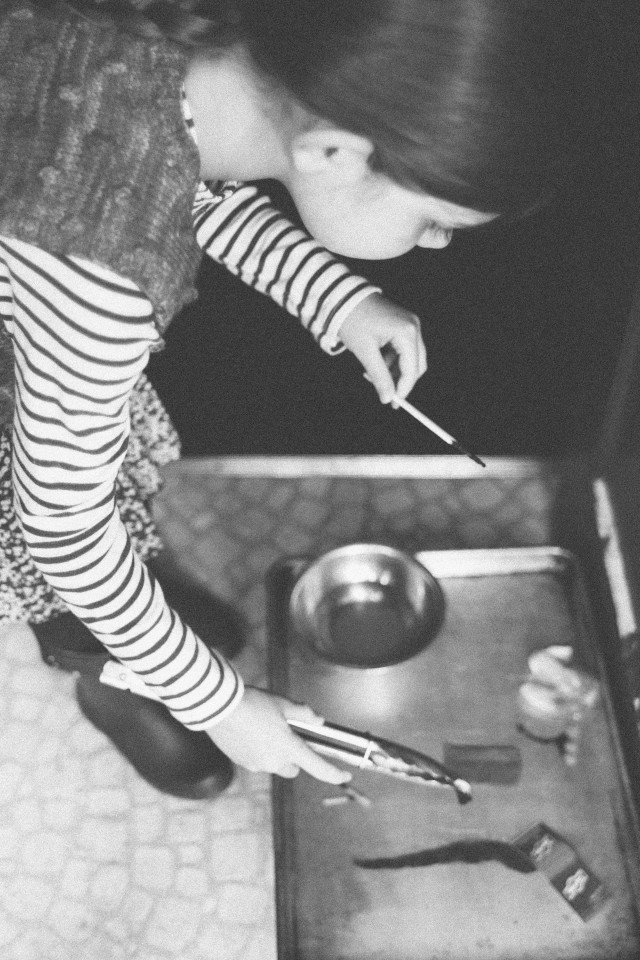
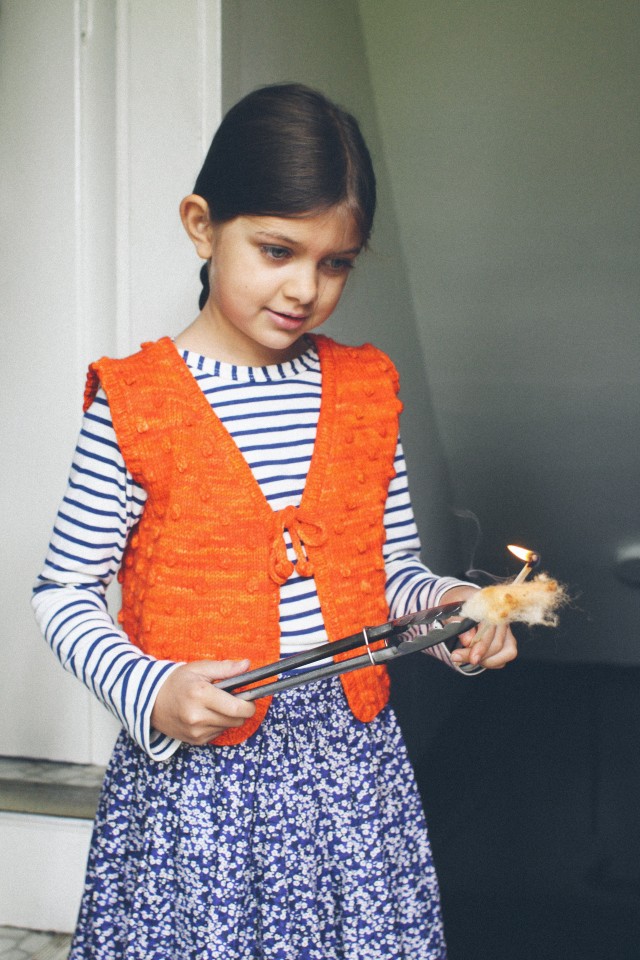
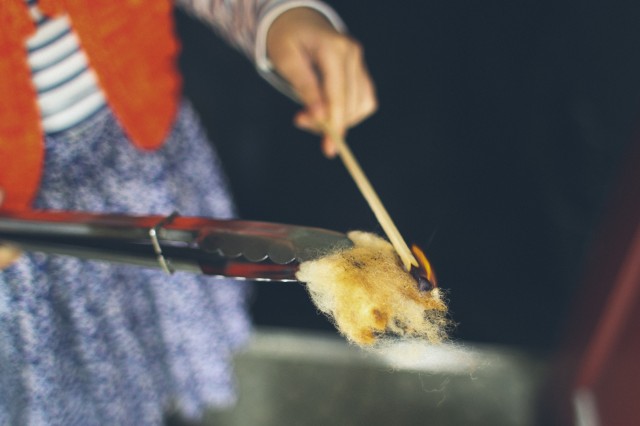
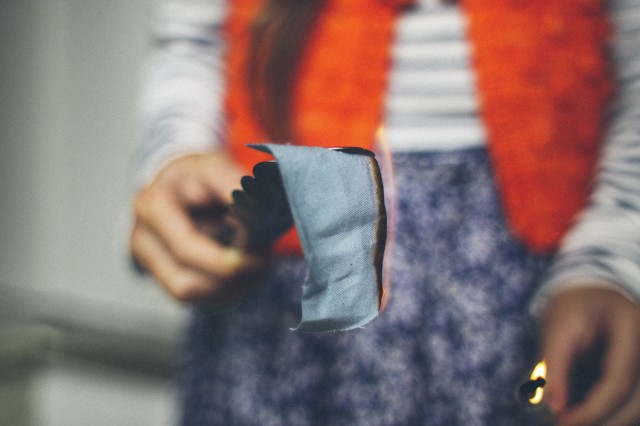
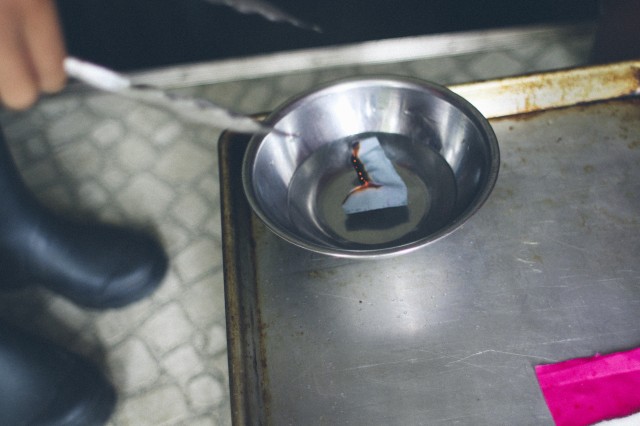
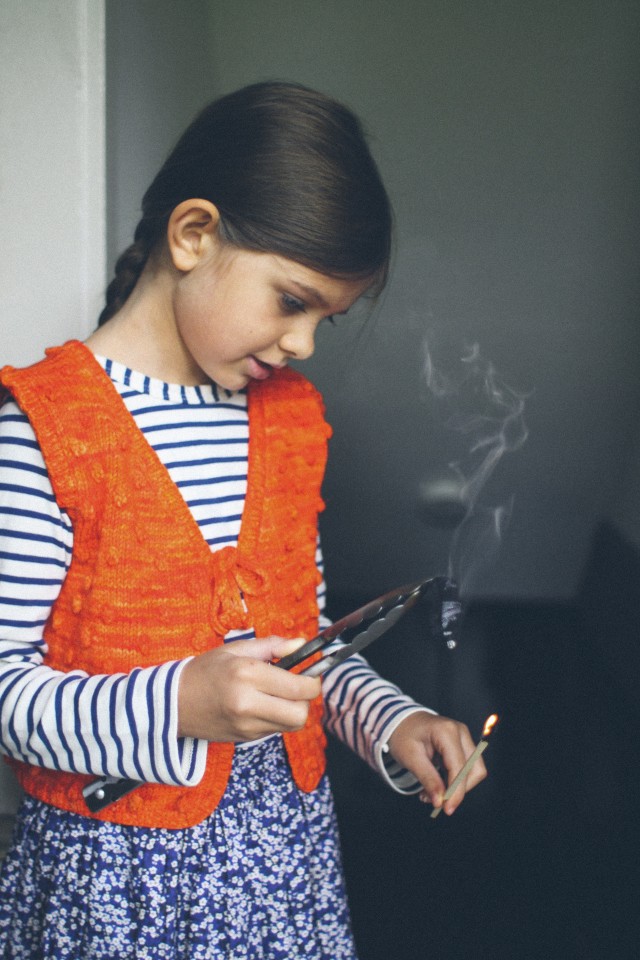
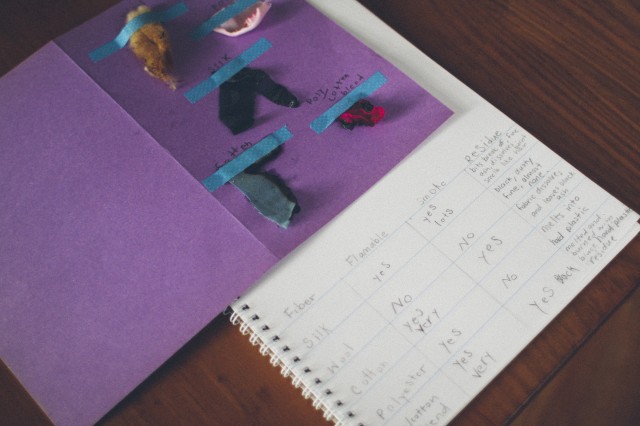

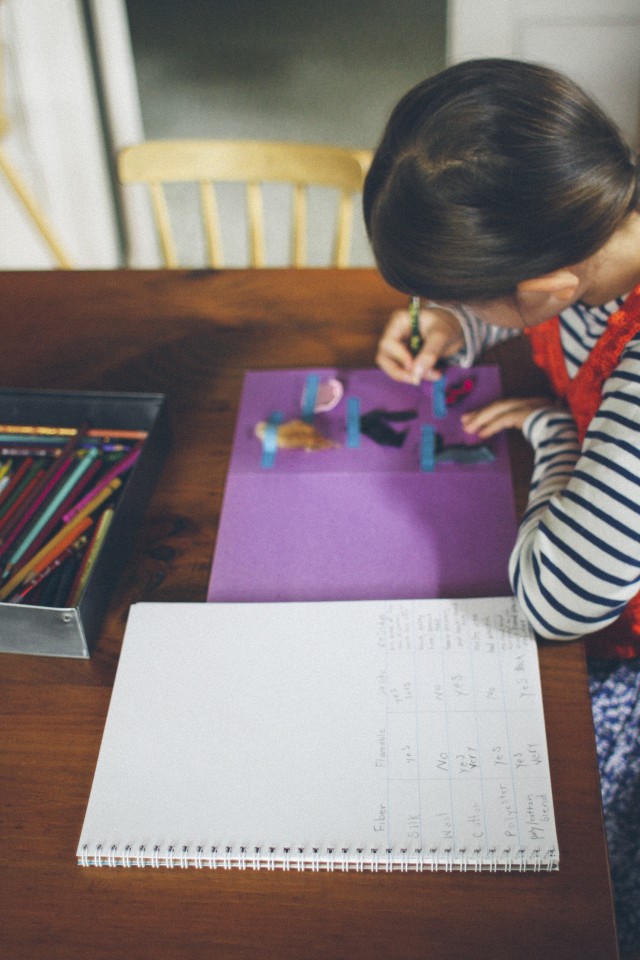
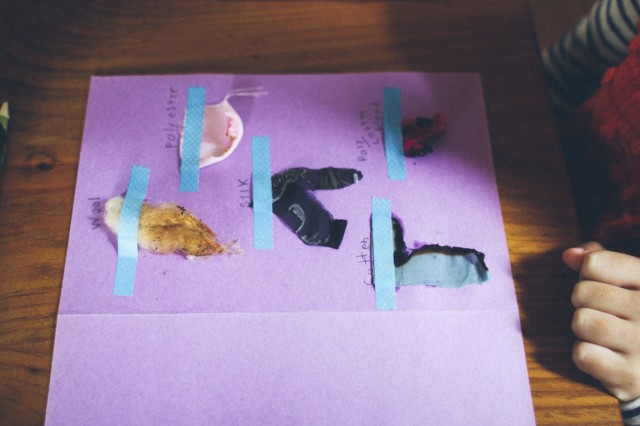
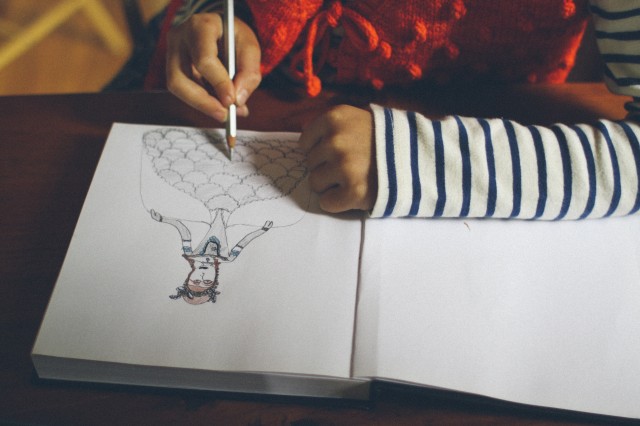
This is FANTASTIC Kirsten! What a great experiment and what a perfect way to teach young ones about the fibers they are putting on their bodies and back into the Earth. I am bookmarking this for the future with little O. <3
Beautiful!
Thank you!
Thank you lovely, it is a fun one! Yes, makes you conscious of what is what for sure! Love to you! xo
This is so inspiring! The way you are teaching your girls is something to be admired!
Thank you so much! I appreciate you kind comment! Kirsten x
Such an amazing post! So inspiring!
Thank you so much for reading Poliana!